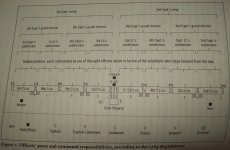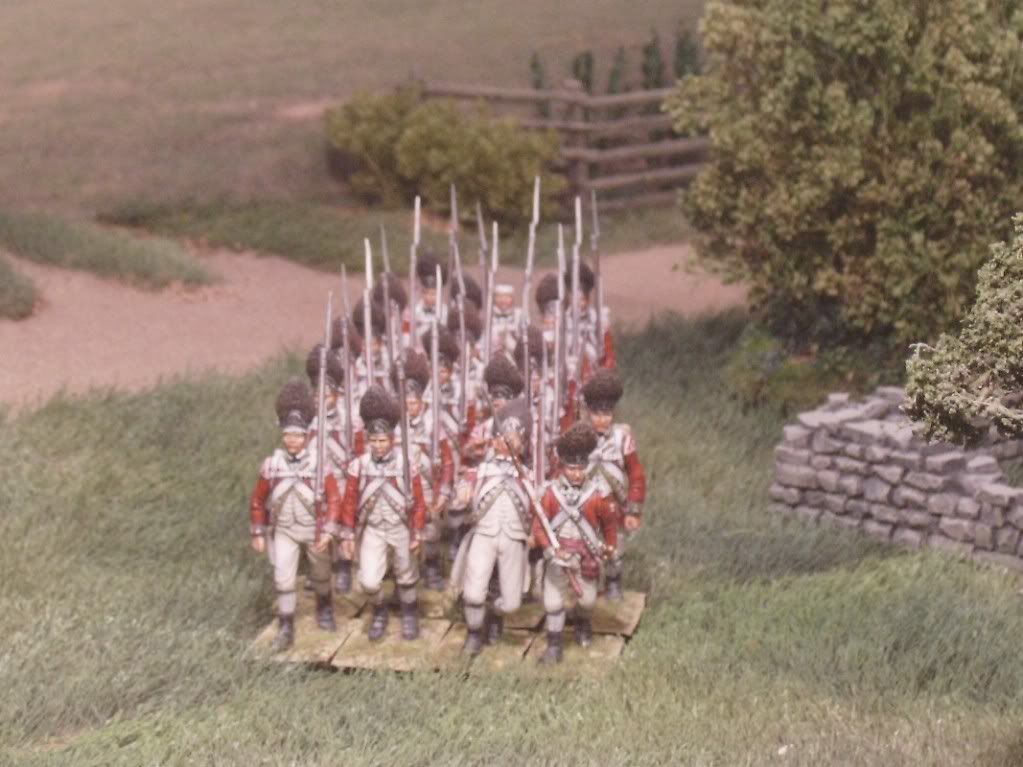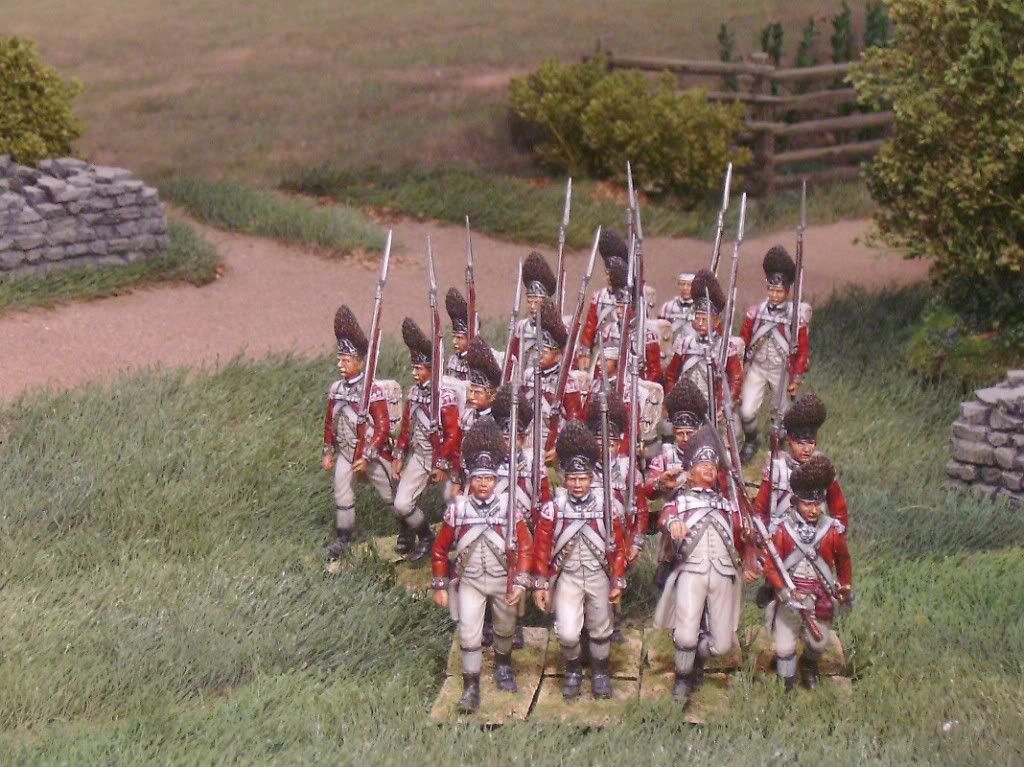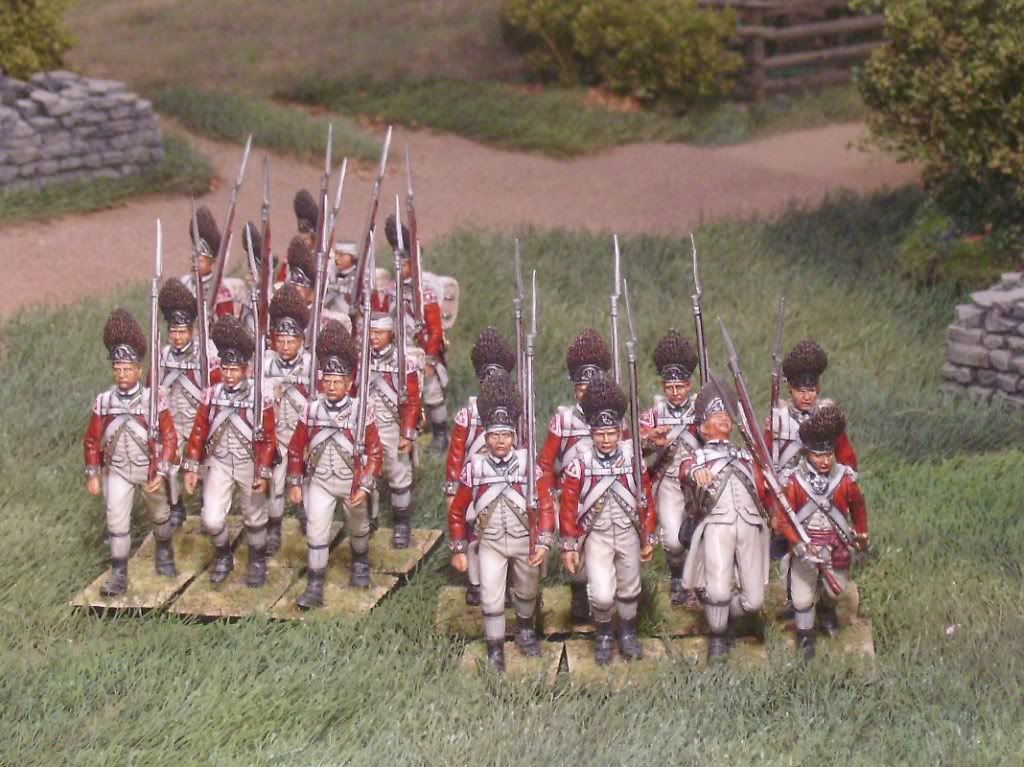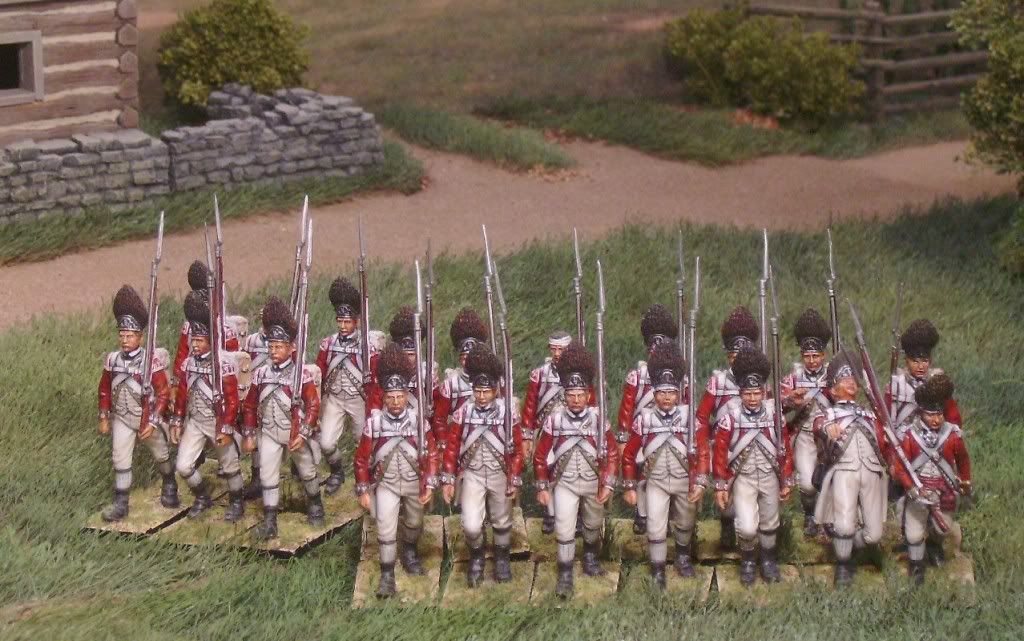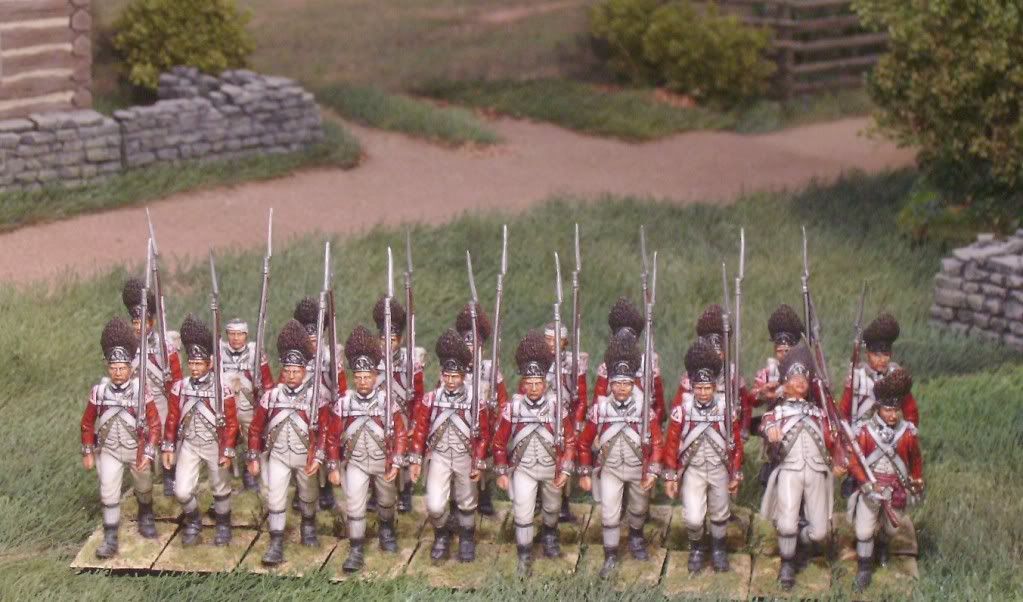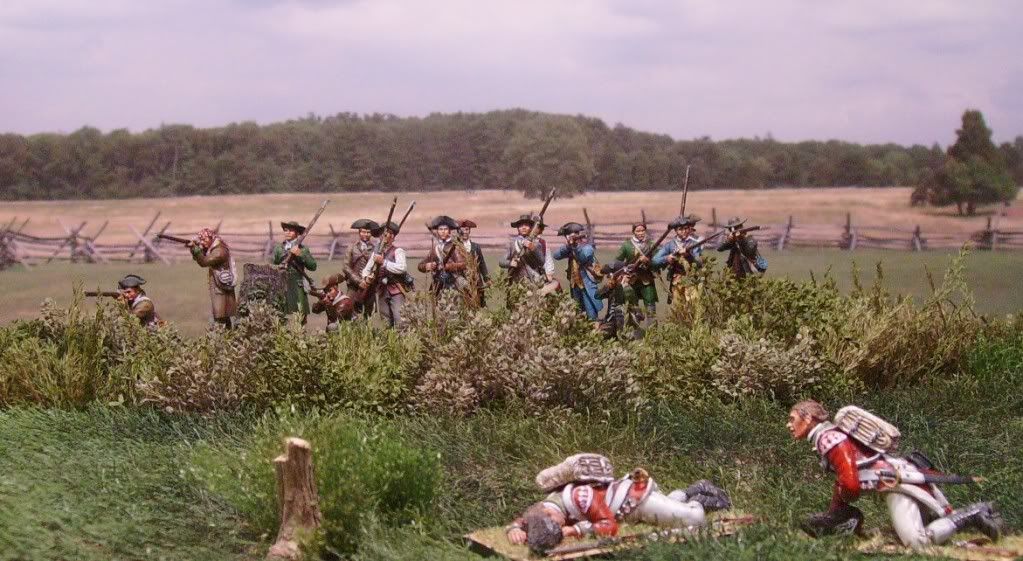mestell
Colonel
- Joined
- Feb 12, 2008
- Messages
- 9,311
Thank you Artmabigor . . . .
Here are some interesting historical facts that I have found pertaining to the 5th Regiment of Foot at Bunker/Breed's Hill:
British 5th Foot Officer Casualties at Bunker Hill - The following is a list of casualties among the British 5th Foot officers at the Battle of Bunker Hill. This list indicates the high rate of casualties among the British officers:
Ensign Balaquire - 5th Foot - WIA at Bunker Hill
Ensign Charleton - 5th Foot - WIA at Bunker Hill
Lieutenant Croker - 5th Foot - WIA at Bunker Hill
Captain Patrick Downs - 5th Foot - mortally WIA at Bunker Hill & died in the evening.
Captain George Harris - 5th Foot - WIA at Bunker Hill (shot in head recovered and later became a General)
Captain John Jackson - 5th Foot - WIA at Bunker Hill
Lieutenant M’Clintockx - 5th Foot - WIA at Bunker Hill
Captain Francis Marsden - 5th Foot - WIA at Bunker Hill, after living for another 5 years died in 1780, presumably from wounds received.
Here is some more information I found regarding British infantry formations during the AWI:
Regiment or Battalion? Comapny or Sub-Division? Platoon or Section? Those are the Questions
In 1775 every British Regiment up to the 70th Foot had only one Battalion except for the 60th Foot (Royal Americans) that had two with each organized separately with a full Regimental complement. The appellation Battalion was in many respects, therefore, synonymous with the word Regiment with the latter being the administrative term, while the former was employed for exercise and commands. For example the caution command was given as Battalion rather than Regiment before a following command of execution.
In the divisions of the Battalion in the field, some confusion may exist as many writers of the 18th century employed the same terms to denote different entities. However, in most cases, a Wing meant a division of half the Battalion on the field. That is, each had a left and a right wing. Two companies made up a Grand Division, and counting only the hat-men or Battalion Companies in these latter dividings, there were then four Grand Divisions per Battalion plus the two flank companies (Light Infantry and Grenadiers) which were an entity unto themselves.
A Company was often referred to as a Sub-Division, which simply meant a sub-dividing of the Grand Division into two parts. The term Company was also an administrative term. As well, a Company might be
referred to as a Firing Platoon. When a Company was divided, again it might make up two Sub-Divisions, or these might be called Platoons too, while a Section might refer to half a Sub-Division or a sectioning off of the Company into three or four parts.
So, when the Grenadier Company was on the field, either as part of the Battalion (regiment) or Brigaded with other Grenadier Companies (as often was the case) it was referred to as a Sub-Division by the Brigade Commander and whenever possible it was divided into two Platoons. When anything was to be performed by half-companies they were addressed as Platoon. Anything less than a Platoon was called a Section.
Reference www.redcoat.org/gren_drill.pdf
Here are some interesting historical facts that I have found pertaining to the 5th Regiment of Foot at Bunker/Breed's Hill:
British 5th Foot Officer Casualties at Bunker Hill - The following is a list of casualties among the British 5th Foot officers at the Battle of Bunker Hill. This list indicates the high rate of casualties among the British officers:
Ensign Balaquire - 5th Foot - WIA at Bunker Hill
Ensign Charleton - 5th Foot - WIA at Bunker Hill
Lieutenant Croker - 5th Foot - WIA at Bunker Hill
Captain Patrick Downs - 5th Foot - mortally WIA at Bunker Hill & died in the evening.
Captain George Harris - 5th Foot - WIA at Bunker Hill (shot in head recovered and later became a General)
Captain John Jackson - 5th Foot - WIA at Bunker Hill
Lieutenant M’Clintockx - 5th Foot - WIA at Bunker Hill
Captain Francis Marsden - 5th Foot - WIA at Bunker Hill, after living for another 5 years died in 1780, presumably from wounds received.
Here is some more information I found regarding British infantry formations during the AWI:
Regiment or Battalion? Comapny or Sub-Division? Platoon or Section? Those are the Questions
In 1775 every British Regiment up to the 70th Foot had only one Battalion except for the 60th Foot (Royal Americans) that had two with each organized separately with a full Regimental complement. The appellation Battalion was in many respects, therefore, synonymous with the word Regiment with the latter being the administrative term, while the former was employed for exercise and commands. For example the caution command was given as Battalion rather than Regiment before a following command of execution.
In the divisions of the Battalion in the field, some confusion may exist as many writers of the 18th century employed the same terms to denote different entities. However, in most cases, a Wing meant a division of half the Battalion on the field. That is, each had a left and a right wing. Two companies made up a Grand Division, and counting only the hat-men or Battalion Companies in these latter dividings, there were then four Grand Divisions per Battalion plus the two flank companies (Light Infantry and Grenadiers) which were an entity unto themselves.
A Company was often referred to as a Sub-Division, which simply meant a sub-dividing of the Grand Division into two parts. The term Company was also an administrative term. As well, a Company might be
referred to as a Firing Platoon. When a Company was divided, again it might make up two Sub-Divisions, or these might be called Platoons too, while a Section might refer to half a Sub-Division or a sectioning off of the Company into three or four parts.
So, when the Grenadier Company was on the field, either as part of the Battalion (regiment) or Brigaded with other Grenadier Companies (as often was the case) it was referred to as a Sub-Division by the Brigade Commander and whenever possible it was divided into two Platoons. When anything was to be performed by half-companies they were addressed as Platoon. Anything less than a Platoon was called a Section.
Reference www.redcoat.org/gren_drill.pdf


